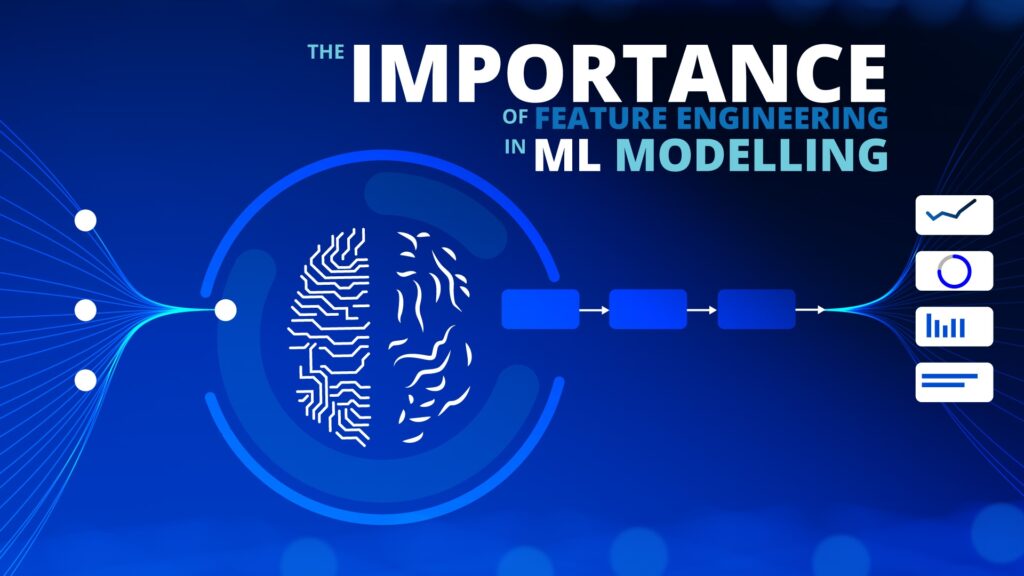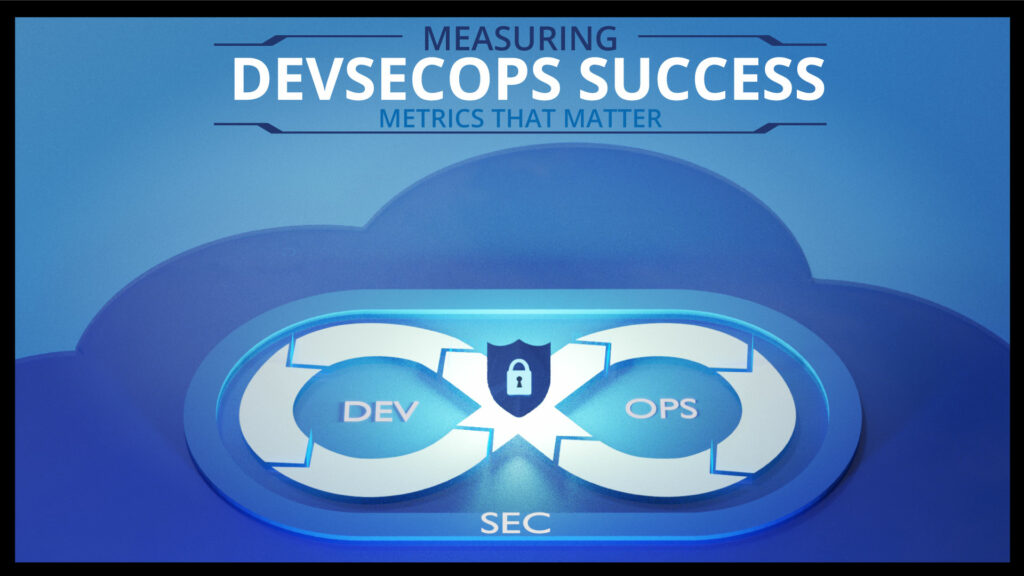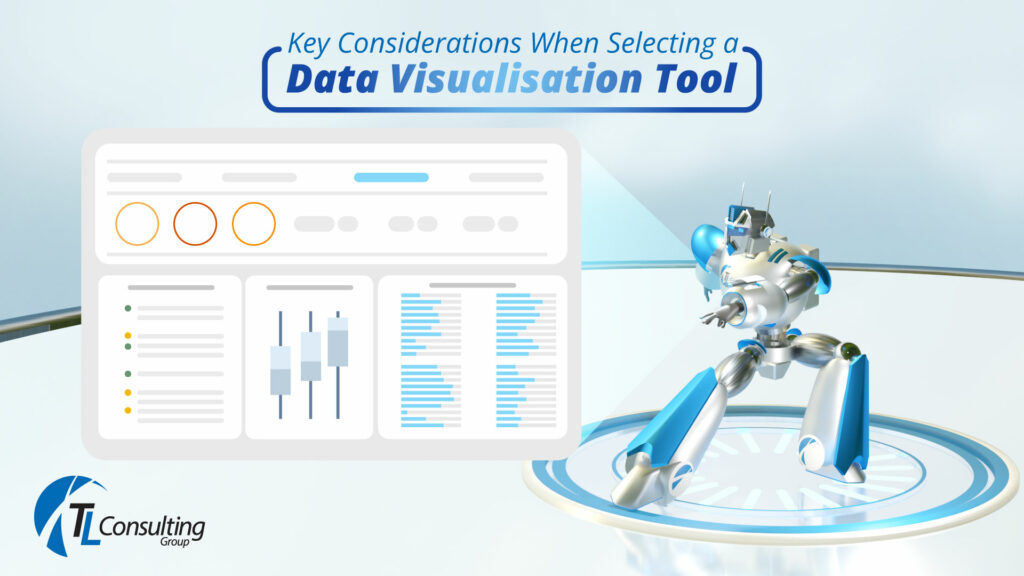How Exploratory Data Analysis (EDA) Can Improve Your Data Understanding Capability
How Exploratory Data Analysis (EDA) Can Improve Your Data Understanding Capability Can EDA help to make my phone upgrade decision more precise? You may have heard the term Exploratory Data Analysis (or EDA for short) and wondered what EDA is all about. Recently, one of the Sales team members at TL Consulting Group were thinking of buying a new phone but they were overwhelmed by the many options and they needed to make a decision suited best to their work needs, i.e. Wait for the new iPhone or make an upgrade on the current Android phone. There can be no disagreement on the fact that doing so left them perplexed and with a number of questions that needed to be addressed before making a choice. What was the specification of the new phone and how was that phone better than their current mobile phone? To help enable curiosity and decision-making, they visited YouTube to view the new iPhone trailer and also learned more about the new iPhone via user ratings and reviews from YouTube and other websites. Then they came and asked us how we would approach it from a Data Analytics perspective in theory. And our response was, whatever investigating measures they had already taken before making the decision, this is nothing more but what ML Engineers/data analysts in their lingo call ‘Exploratory Data Analysis’. What is Exploratory Data Analysis? In an automated data pipeline, exploratory data analysis (EDA) entails using data visualisation and statistical tools to acquire insights and knowledge from the data as it travels through the pipeline. At each level of the pipeline, the goal is to find patterns, trends, anomalies, and potential concerns in the data. Exploratory Data Analysis Lifecycle To interpret the diagram and the iPhone scenario in mind, you can think of all brand-new iPhones as a “population” and to make its review, the reviewers will take some iPhones from the market which you can say is a “sample”. The reviewers will then experiment with that phone and will apply different mathematical calculations to define the “probability” if that phone is worth buying or not. It will also help to define all the good and bad properties of the new iPhone which is called “Inference “. Finally, all these outcomes will help potential customers to make their decision with confidence. Benefits of Exploratory Data Analysis The main idea of exploratory data analysis is “Garbage in, Perform Exploratory Data Analysis, possibly Garbage out.” By conducting EDA, it is possible to turn an almost usable dataset into a completely usable dataset. It includes: Key Steps of EDA The key steps involved in conducting EDA on an automated data pipeline are: Types of Exploratory Data Analysis EDA builds a robust understanding of the data, and issues associated with either the info or process. It’s a scientific approach to getting the story of the data. There are four main types of exploratory data analysis which are listed below: 1. Univariate Non-Graphical Let’s say you decide to purchase a new iPhone solely based on its battery size, disregarding all other considerations. You can use univariate non-graphical analysis which is the most basic type of data analysis because we only utilize one variable to gather the data. Knowing the underlying sample distribution and data and drawing conclusions about the population are the usual objectives of univariate non-graphical EDA. Additionally included in the analysis is outlier detection. The traits of population dispersal include: Spread: Spread serves as a gauge for how far away from the Centre we should search for the information values. Two relevant measurements of spread are the variance and the quality deviation. Because the variance is the root of the variance, it is defined as the mean of the squares of the individual deviations. Central tendency: Typical or middle values are related to the central tendency or position of the distribution. Statistics with names like mean, median, and sometimes mode are valuable indicators of central tendency; the mean is the most prevalent. The median may be preferred in cases of skewed distribution or when there is worry about outliers. Skewness and kurtosis: The distribution’s skewness and kurtosis are two more useful univariate characteristics. When compared to a normal distribution, kurtosis and skewness are two different measures of peakedness. 2. Multivariate Non-Graphical Think about a situation where you want to purchase a new iPhone solely based on the battery capacity and phone size. In either cross-tabulation or statistics, multivariate non-graphical EDA techniques are frequently used to illustrate the relationship between two or more variables. An expansion of tabulation known as cross-tabulation is very helpful for categorical data. By creating a two-way table with column headings that correspond to the amount of one variable and row headings that correspond to the amount of the opposing two variables, a cross-tabulation is preferred for two variables. All subjects that share an analogous pair of levels are then included in the counts. For each categorical variable and one quantitative variable, we create statistics for quantitative variables separately for every level of the specific variable then compare the statistics across the amount of categorical variable. It is possible that comparing medians is a robust version of one-way ANOVA, whereas comparing means is a quick version of ANOVA. 3. Univariate Graphical Different Univariate Graphics Imagine that you only want to know the latest iPhone’s speed based on its CPU benchmark results before you decide to purchase it. Since graphical approaches demand some level of subjective interpretation in addition to being quantitative and objective, they are utilized more frequently than non-graphical methods because they can provide a comprehensive picture of the facts. Some common sorts of univariate graphics are: Boxplots: Boxplots are excellent for displaying data on central tendency, showing reliable measures of location and spread, as well as information on symmetry and outliers, but they can be deceptive when it comes to multimodality. The type of side-by-side boxplots is among the simplest applications for boxplots. Histogram: A histogram, which can be a barplot
How Exploratory Data Analysis (EDA) Can Improve Your Data Understanding Capability Read More »
Data & AI








